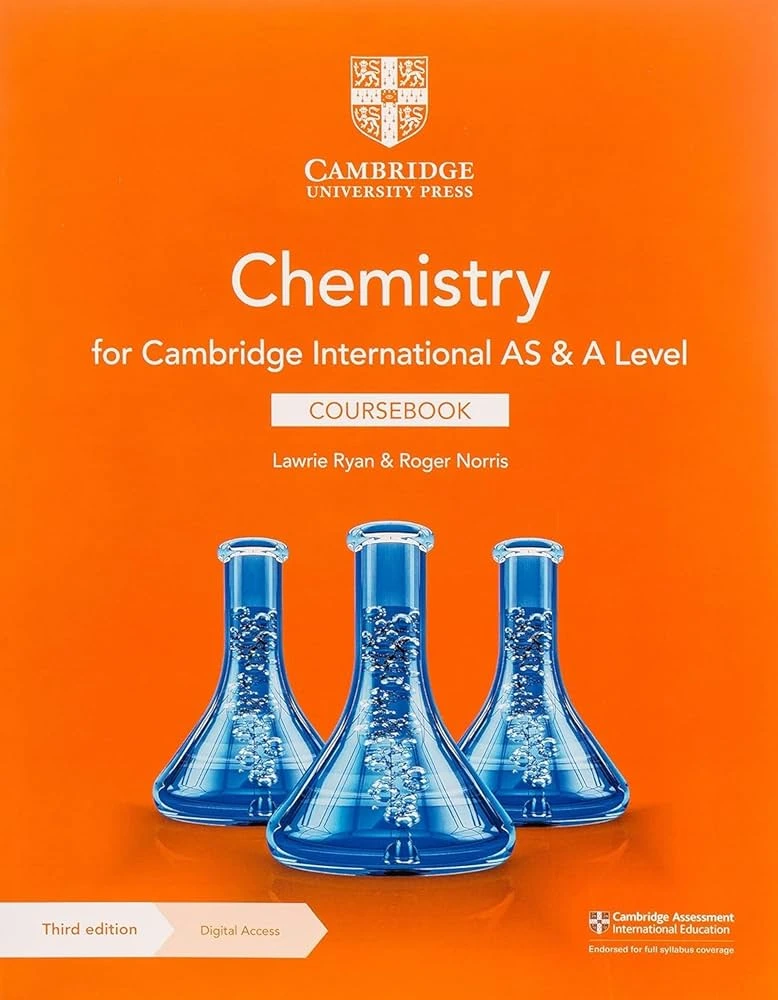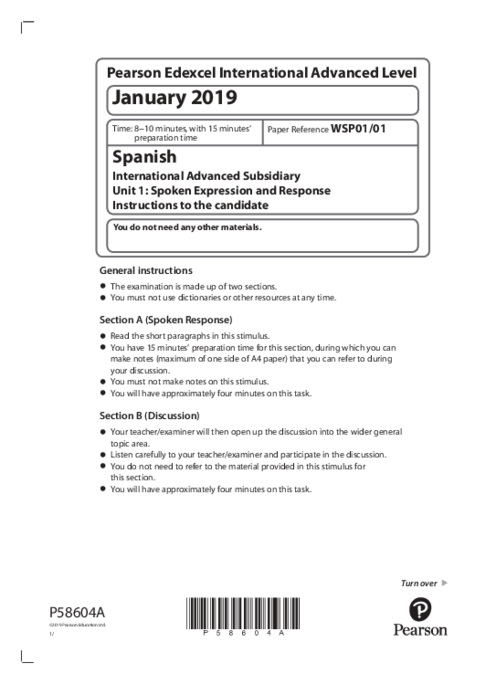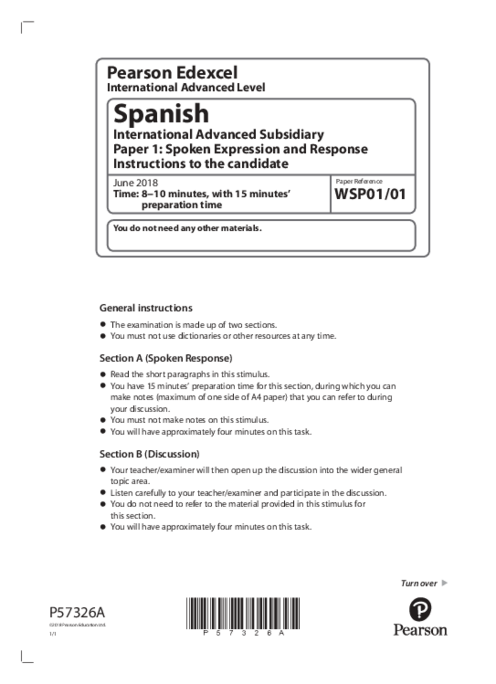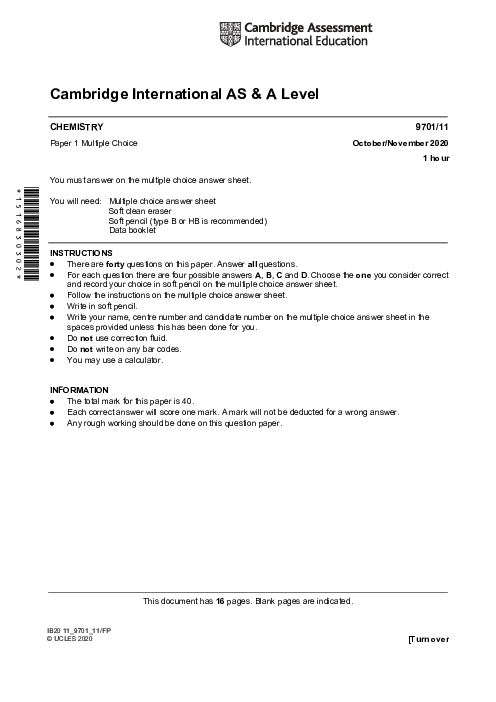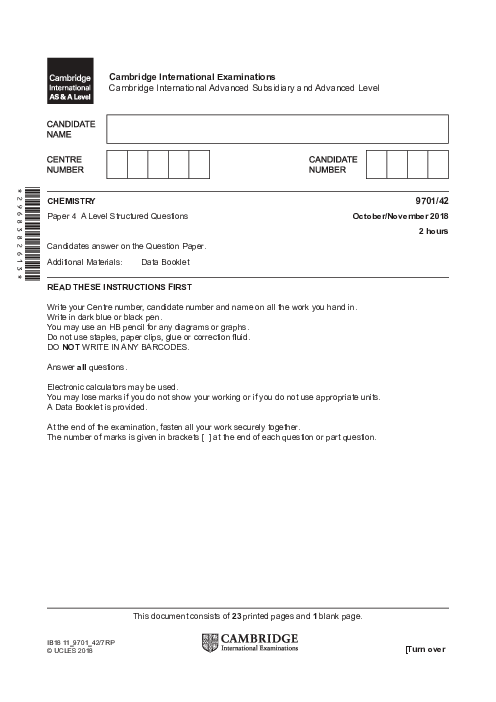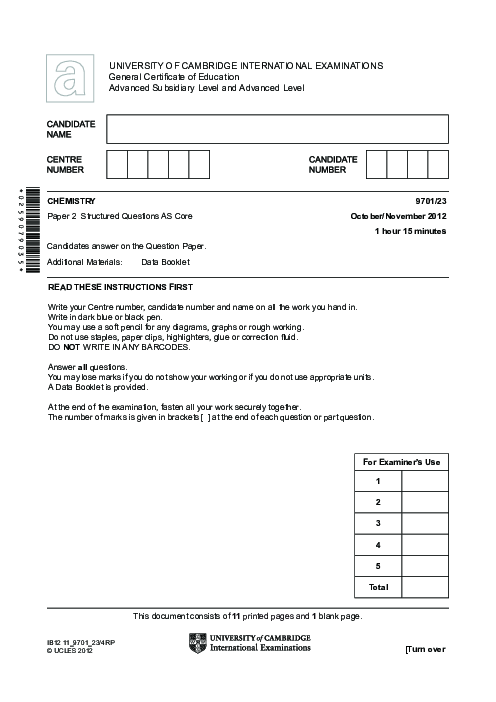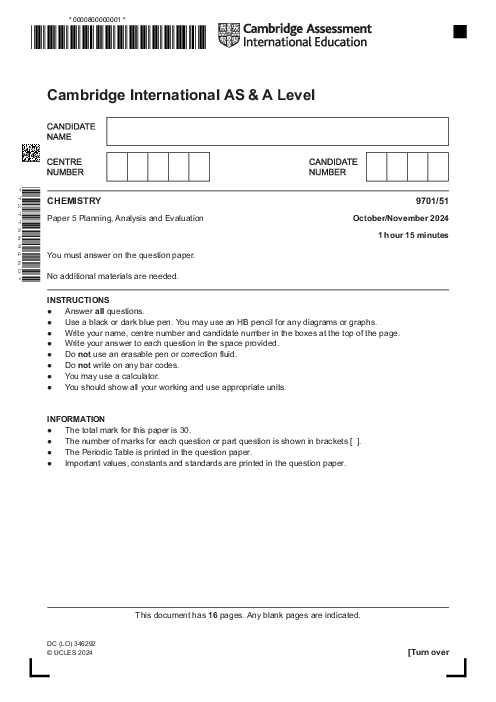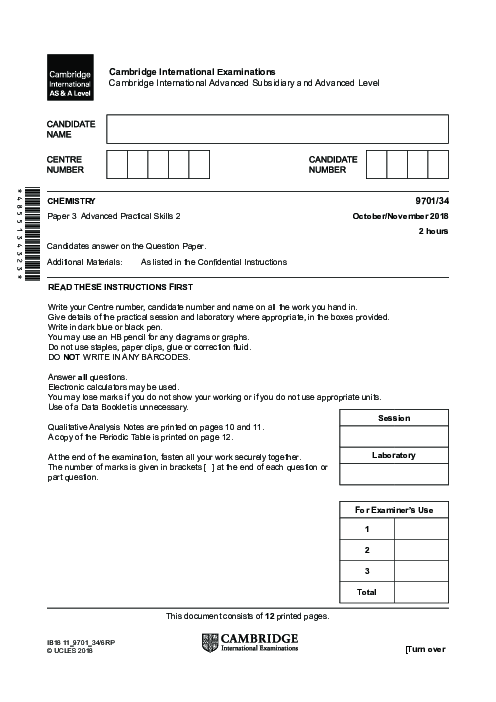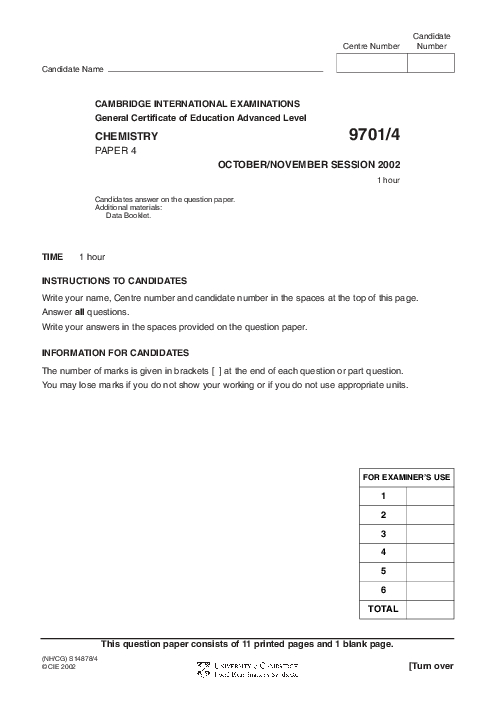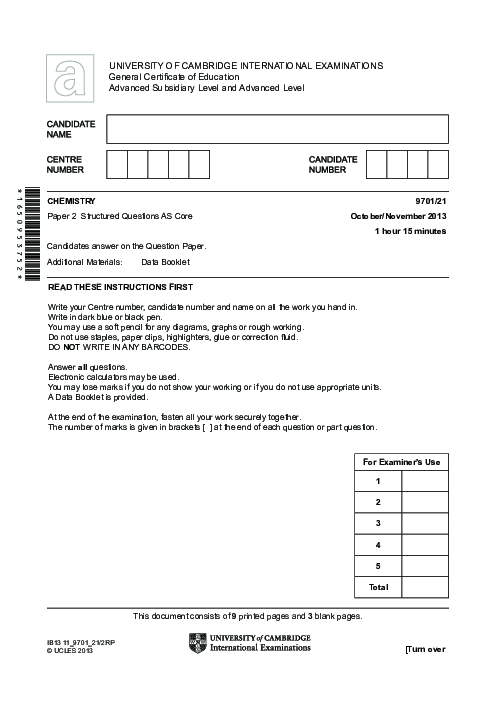Chemistry 9701/42 Oct Nov 2017 | Cambridge AS Level Past Papers With Mark Scheme
1. Chlorine Dioxide Synthesis: Explaining the redox reaction of chlorine dioxide (ClO2) formation using oxidation states, drawing the dot-and-cross diagram for ClO2, and interpreting experimental data to calculate rate constants and initial reaction rates.
2. Electrophilic Substitution Mechanisms: Understanding the effect of temperature on the rate of reactions between ClO2 and F2, defining reaction order, and calculating rate constants using experimental data.
3. Magnesium Nitride and Water Reaction: Writing the equation for magnesium nitride’s reaction with water, calculating the mass of magnesium hydroxide formed, and explaining solubility trends in Group 2 hydroxides.
4. Solubility Product Calculation: Writing the expression for the solubility product of magnesium hydroxide, calculating Ksp, and comparing decomposition temperatures of Group 2 hydroxides.
5. Serotonin and Tryptophan Chemistry: Describing the synthesis of serotonin from tryptophan, predicting the NMR and IR spectra differences after enzymatic conversion, and understanding the isomerism in transition metal complexes.
6. Lawn Sand Composition and Titration: Using titration to determine the percentage of FeSO4.7H2O in lawn sand, calculating required volumes of H2SO4 for the reaction, and explaining methods for accurate mass measurements.
7. Polymer Chemistry and Conductivity: Discussing the properties of conducting polymers like polyacetylene, explaining how they differ from metals, and understanding the application of conducting polymers.
8. Electrochemical Cells and Reactions: Analyzing the electrochemical cell potential for reactions involving V3+/V2+ and VO2+/VO2+, predicting whether reactions occur when mixed with other solutions, and calculating the lattice energy for magnesium chloride.
9. Alkyne Chemistry: Writing equations for the reaction of calcium carbide with water, identifying the general formula for alkynes, and discussing the reaction mechanisms involved in the polymerization of acetylene.
10. Thin Layer Chromatography: Interpreting chromatograms to identify compounds, explaining their Rf values, and describing the significance of different mobile and stationary phases in chromatography.
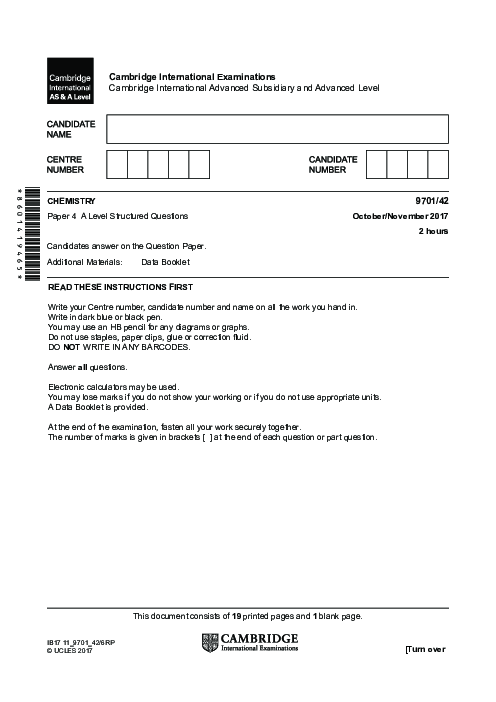
باز نشر محتواها در فضای مجازی، ممنوع است.

